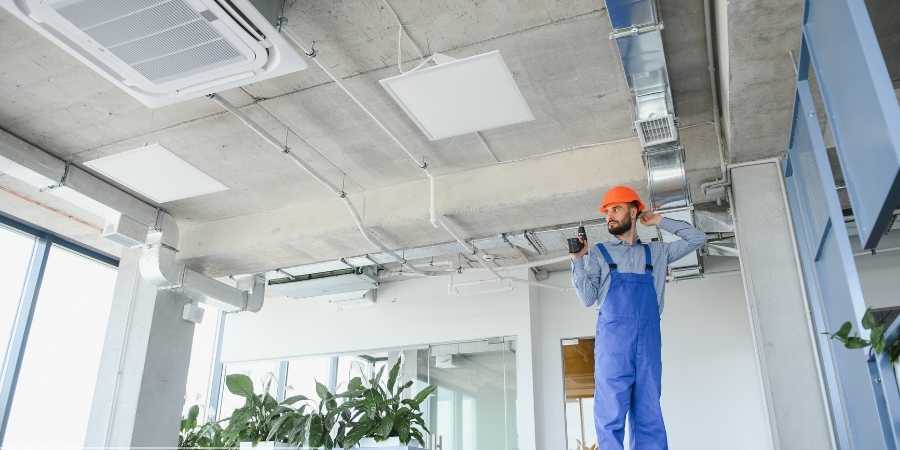Carbon monoxide is often called a silent danger because it is colorless, odorless, and potentially life-threatening. For decades, households with gas or oil furnaces faced the risk of exposure from incomplete combustion. Even small leaks of exhaust gases could reduce air quality and harm health. While vents are designed to remove fumes, they don’t always provide complete protection, making the removal of combustion the most reliable solution.
When people plan to buy a home heater, they often wonder, Do heat exchangers purify air? Or can a heat exchanger replace the need for an air purifier in the home?. What’s frequently missed is the threat of carbon monoxide from fuel-burning systems. Let’s explore why understanding these risks is essential when comparing traditional furnaces with modern heating systems.
The Role of Sealed Combustion Chambers
Enclosed combustion chambers are now common in the latest heating units. Instead of recirculating indoor air, which can carry exhaust gases inside, these units draw in fresh outside air. This design completely separates combustion from interior spaces, eliminating a major pretext for carbon monoxide leaks.
With this separation sealed chambers improve security. It is also more environmentally friendly as toxic gases are vented outside through specific funnels promoting cleaner air indoors. This alone is a huge step up over old style, open-combustion furnaces that were more likely to let fumes move freely into living spaces.
Importance of Carbon Monoxide Detectors
Even with the most efficient of these systems in place, carbon monoxide detectors are essential to remaining safe. These systems are built to monitor consistently and offer real-time notification if they sense poisonous gases. Detectors are placed along hallways and near bedrooms to deliver early warnings.
Although today’s heaters are equipped with safety measures, detectors offer extra protection. They fill the space between prevention and consciousness, letting families know that no more hidden leaks will be overlooked. Combined, these advanced systems and detectors form a reliable protection from unseen dangers.
Heat Exchangers and Gas Venting Mechanisms
Heat exchangers pass heat from fire gases to the indoor air without mixing the two. That prevents the poisonous fumes from ever coming into living space. Structural weakness could potentially be dangerous, but modern building materials and regular checkups greatly reduce that health risk. The vent system works in conjunction with the exchanger and safely disposes of carbon monoxide outside.
Benefits of Modern Venting
- The direct vent technology ensures fumes are not expelled in your home.
- The best piping material can handle pressure and heat fluctuations.
- Better seals and connections prevent leakage.
- Intelligent Sensors and Automatic Shutoff Characteristics
Smart Sensors and Automatic Shutoff Features
Heating advancements have been digital monitoring. Intelligent sensors monitor gas levels, flame activity and air flow. If it detects any anomalies, the system immediately parallels into a safety sequence. One such integrity feature is automatic shutdown, shutting off combustion at the first sign of an unsafe operating condition.
These automated safety measures operate without human input, so there is no such delay in emergency response. A powerful partnership of mechanical efficiency and electronic intelligence, today’s heating systems ensure your safety from carbon monoxide threats.
Routine Maintenance and Professional Inspections
No amount of technology can overcome the need for heating systems to be well maintained. During maintenance visits we inspect the condition of exchangers, vents, and safety controls. Professionals are taught to spot weaknesses before they become an issue.
Scheduled visits also prolong the life of equipment and helps keep everyone in the building safe. Scheduled cleaning, filter changes, and performance checks guarantee that systems are operating to their full specifications. This preventative care system ensures the dangers of carbon monoxide are kept at bay.
Next time someone is else buying a heater, ask questions about it Is this where heat exchangers are used to purify air? That’s fine, but let’s not forget the other half of the story: how important carbon monoxide is. Today’s heating equipment is designed to handle this silent killer with sealed combustion, improved venting and smart sensors. Used in conjunction with safe design and maintenance, these systems help control temperature and also maintain a healthy home or business.






